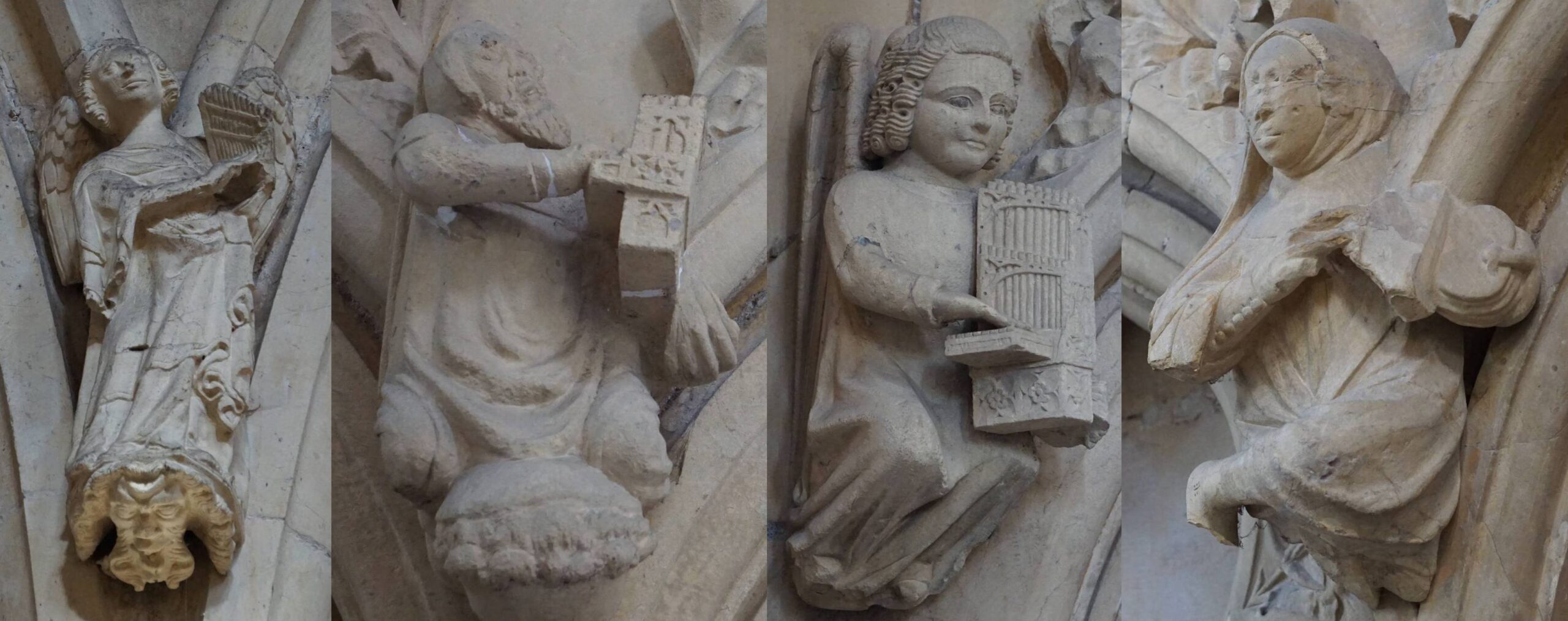
Latin 1156 B, folio 4r, 15th century.
(As with all pictures, click to see larger.)
The 13th century song, Foweles in þe frith, is among the earliest that survive in the English language. The manuscript has two complete polyphonic voices but only one verse, and so the meaning of its nature imagery and lament for the “beste of bon and blod” has been much debated.
This article places Foweles in þe frith in the context of other surviving secular songs in English; then decodes and deciphers its words and debates its various interpretations: is it a lover’s lament; sorrow for a lost animal; or a song of religious contemplation?
The melody was written by the scribe in notation usually presumed to be non-mensural (non-rhythmic). I argue that the music shows rhythm, clearly written on the page according to medieval musical principles, performed in the video which begins the article.

